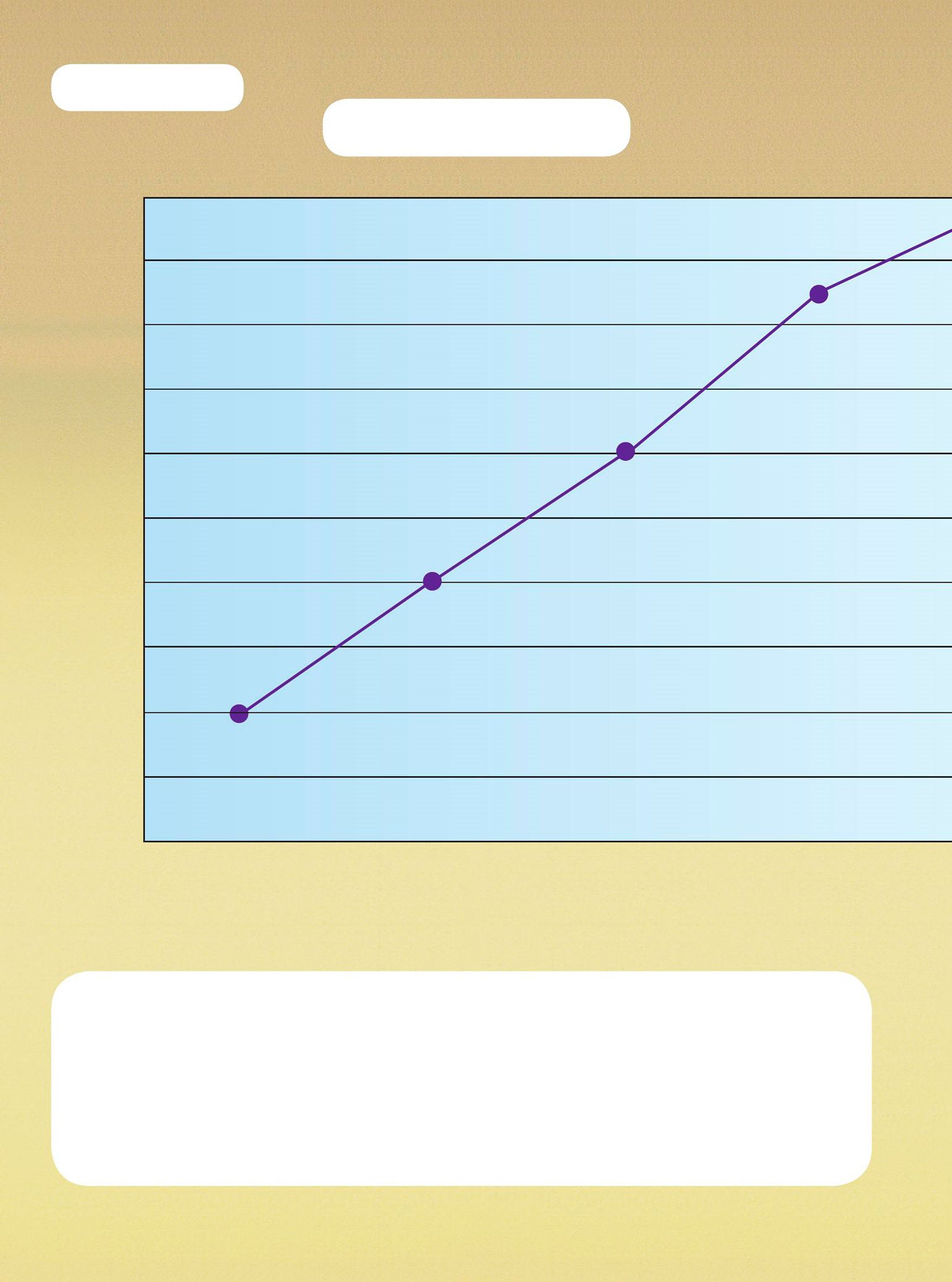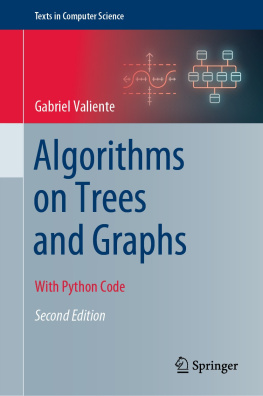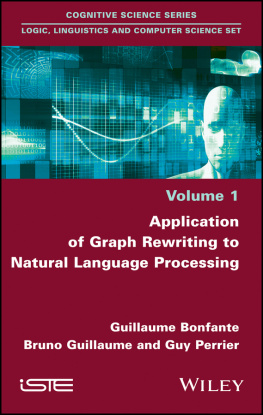cover


First published in 2006 by Red Rocket Readers, an imprint of Flying Start Books Ltd. Reprinted 2007, 2008.
13/45 Karepiro Drive, Auckland 0932, New Zealand.
story Julie Ellis
ISBN
Printed in New Zealand
Photograph on cover supplied by iStock Photo
All other photographs supplied by Jupiter Unlimited
This book is copyright. No part of this publication may be reproduced, stored in a retrieval system, or transmitted in
any form or by any means, electronic, mechanical, photocopying, recording or otherwise without permission in writing
from the publisher.
redrocketreaders.com
Word Count = 359
A graph is a picture or chart showing the differences between
things that we can measure. It helps us to understand information
when we can see the facts in a picture. We use different kinds of
graphs to show different kinds of information.
Use Teacher Talk to stimulate discussion of topic.
Develop research skills based on this topic.
Use Table of Contents to locate specific information.
Refer to Glossary to clarify basic concepts.
Use initial letter plus picture clues to read unknown words.
Notice letters and sound of digraph ph : graph
Identify suffix er used for comparison: smaller taller
Use captions to expand on text.
Promote math or art as creative follow-up activities.
Find learning resources to extend and reinforce the literacy
strategies in this title @ redrocketreaders.com
Teacher
Talk
Teaching
Plan
things show would when need how more part
978-1-776853-62-5

Using Graphs
written by Julie Ellis
l
Contents Page
Graphs make it easy 2-3
Bar graphs 4-5
Pictographs 6-7
Block graphs 8-9
Line graphs 10-11
Pie graphs 12-13
Dial graphs 14-15
Which graph? 16

Graphs are pictures or charts .
They make it easy to see how
things are different .

Graphs help us to compare things .

grapes bananas
You could use a bar graph to show
how many of each kind of thing
there is . Taller bars mean more things .
bar graph
Our Favorite Fruit in Room 6

apples oranges
Our Favorite Fruit in Room 6
This bar graph shows us that most
children in Room like apples best .
More children like bananas than
grapes or oranges . Only four children
in Room like oranges best .

You could use a pictograph to show
which insects people like best . You
would use small pictures to stand
for the number of people who
choose each insect .
pictograph

Our Favorite Insects in Room
This pictograph shows us that most
children in Room like ladybugs best .
More children like caterpillars than
spiders , bees , or moths . Only one child
in Room likes moths best .

You would use a block graph when
you need to show how things are
different from each other .
Height (inches)
block graph

This block graph shows us
the different heights of
children in Room .
boys
6 years old 7 years old
girls boys girls
Our Height in Room

How Sam Grew
You would use a line graph to show
how something changes . Dots are put
on the graph to show a measurement .
Then the dots are connected .
line graph
Age
Height (inches)
7 8 9

This line graph shows us that in
four years , Sam grew about eight
inches . He grew more when he
was eight than when he was nine .
Sam

Our Eye Color in Room
Blue
Green
Brown
Gray
A pie graph looks like a pie that has
been cut into slices . In this graph , the
whole circle stands for the whole class .
The bigger the slice , the more children
there are with that color eyes .

This pie graph shows us that more
children in our room have brown eyes
than any other color . There are more
blue eyes than green eyes . Not many
children have gray eyes .
pie graph

L
O
W
M
O
D
E
R
A
T
E
H
I
G
H
Fire Danger Today
You would use a dial graph with
a pointer to show facts that can
change . You move the pointer to
show the changes .
dial graph


































